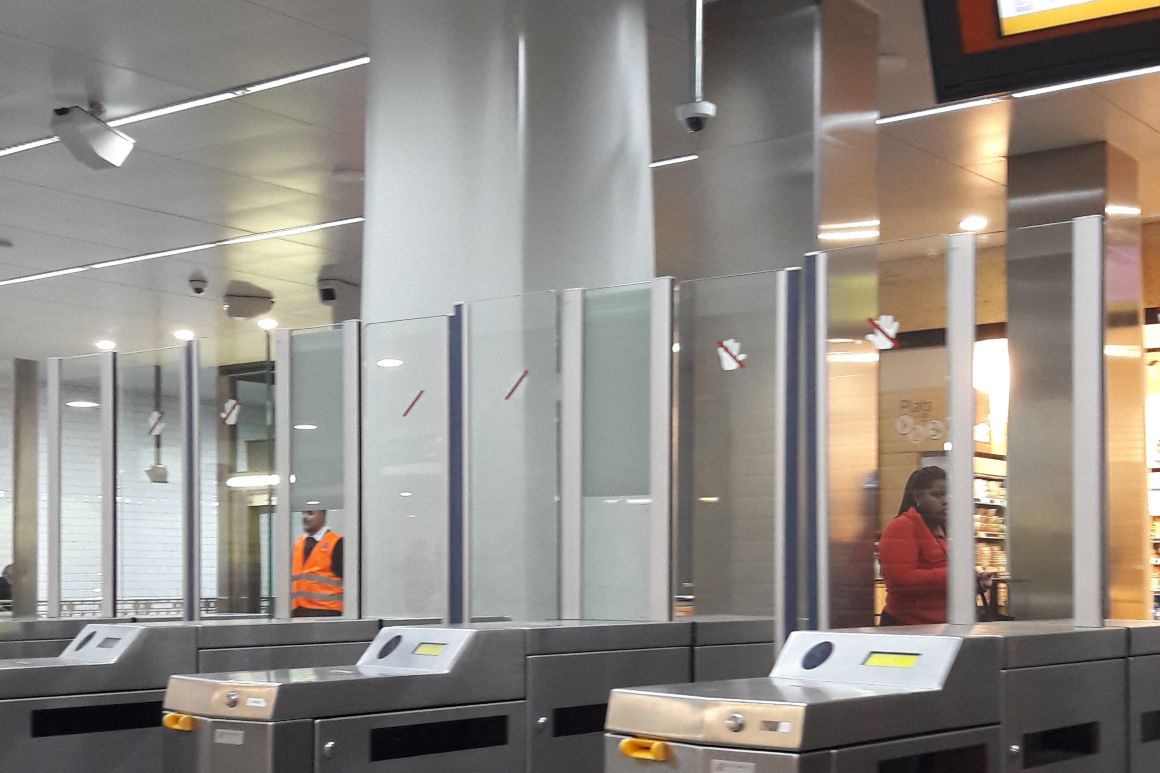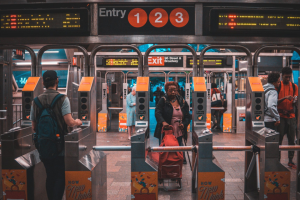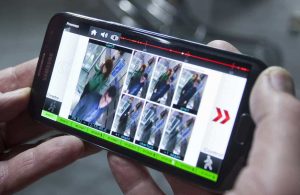Companies and organizations rely on video surveillance for safeguarding safety and security, improving operations, and gathering statistical information.
Traditional video surveillance networks are typically managed by human personnel at a control centre. Agents manually monitor multiple video streams from different cameras, in real-time or from historical recordings.
In the past decade, the number of surveillance video cameras used for various applications has increased dramatically. Organizations are now faced with the challenge of analysing more video streams, while accurately detecting events and monitoring specific processes.
Automation with Artificial Intelligence
Let’s take as example public transport. According to a UITP- Axis survey from 2015, 67% of the public transport organizations surveyed are using IP (Internet Protocol) video surveillance cameras. 85% of them said they consider investing or further upgrading to IP cameras over the next years.
Public transport organizations use video surveillance for monitoring a variety of events, such as graffiti, fighting, perimeter intrusion, crowding, loitering, fare evasion, and more recently, face mask compliance.
AI Video Analytics is a powerful technology that automates the processes of monitoring and event detection, providing human personnel with enhanced situational awareness, and faster response times.
Depending on the size, it is possible to upgrade a video surveillance network to AI and analytics capabilities through the installation of two main components: 1) one or more servers for data processing (or through a cloud service, unless already available), and 2) an AI software, which will use the video streams from the cameras.
Creating custom thresholds and using statistics
AI Video Analytics systems can report in real-time and historically. For instance, they can be configured to actively monitor and alert when specific events occur, or when reaching certain thresholds.
If paired with a mobile application, the alerts and other relevant information can be pushed directly to smartphones. For example, some ticket inspectors from Barcelona’s regional train operator FGC receive live alerts from the AI-based DETECTOR system when a fare infraction occurs at the subway access gates.
Historical statistics are useful to view and compare data over specific periods of time. Statistics are best used in combination with live alerts: draw insights from data to determine thresholds, and then set up custom live alerts when incidents happen.
In addition, the insights from statistics provide clues for making strategic long-term decisions.



